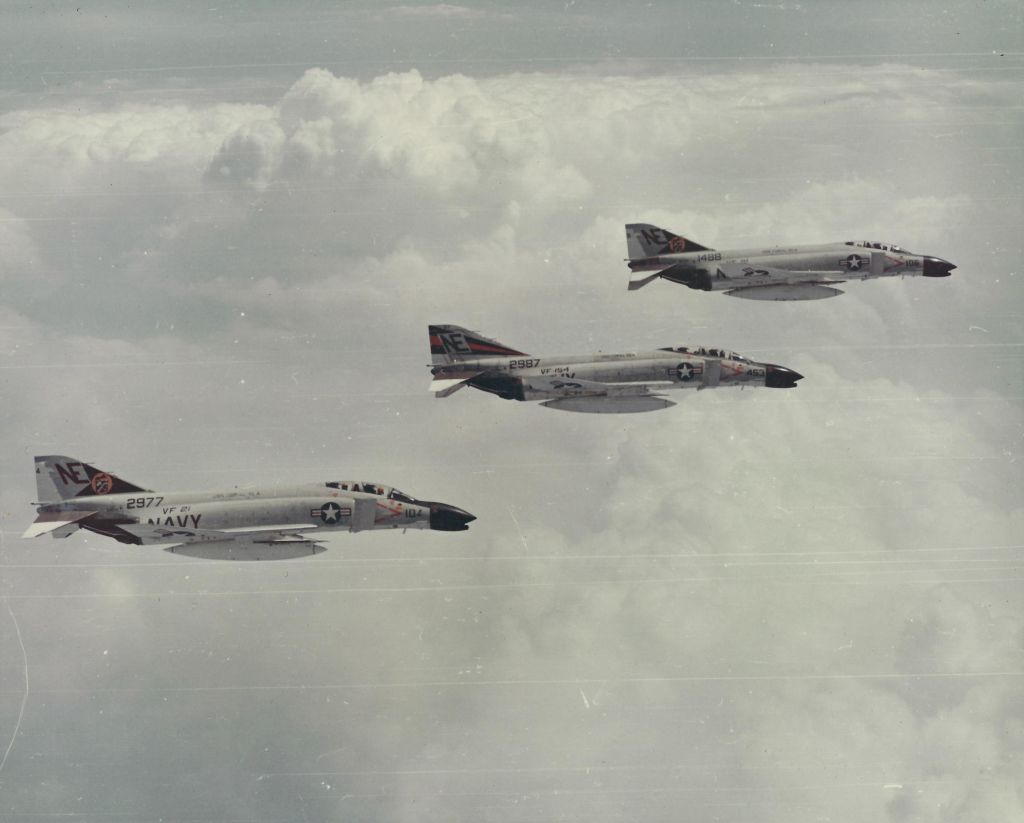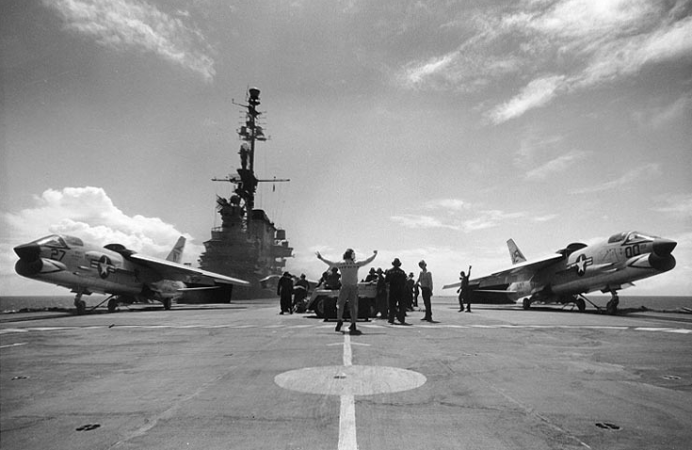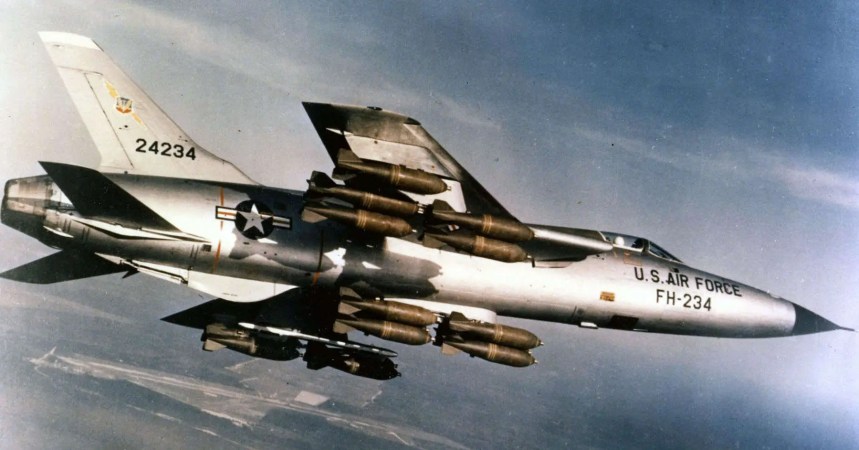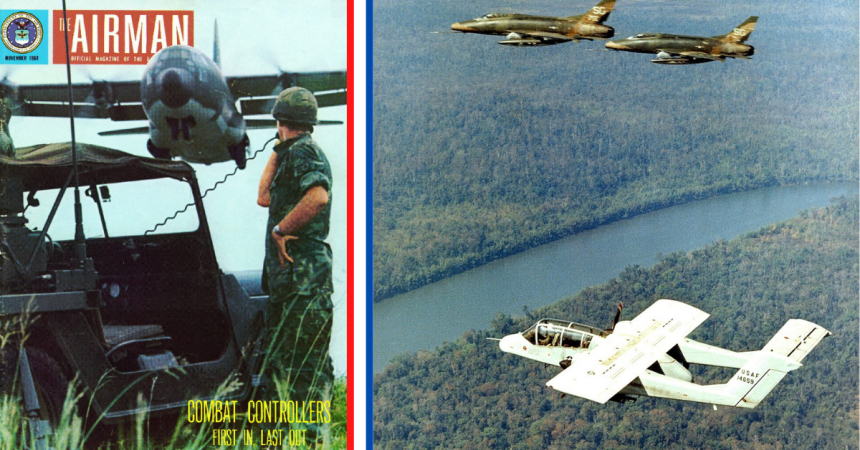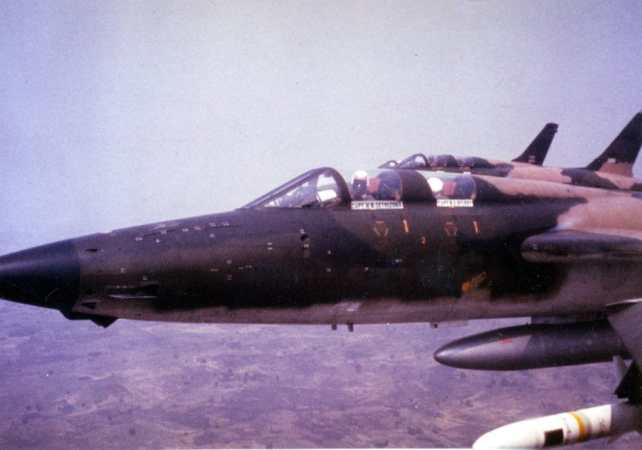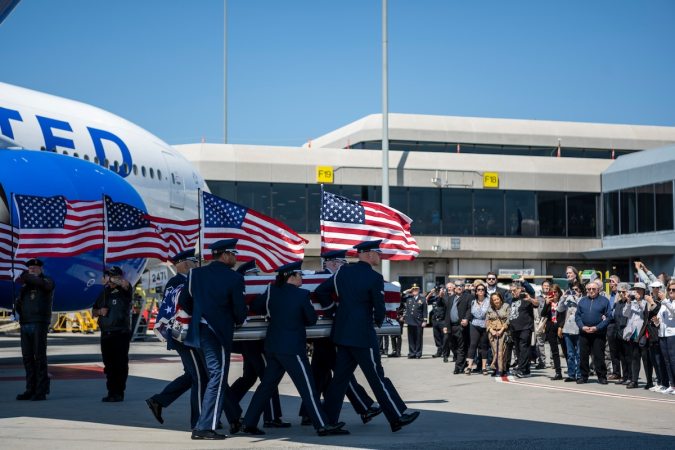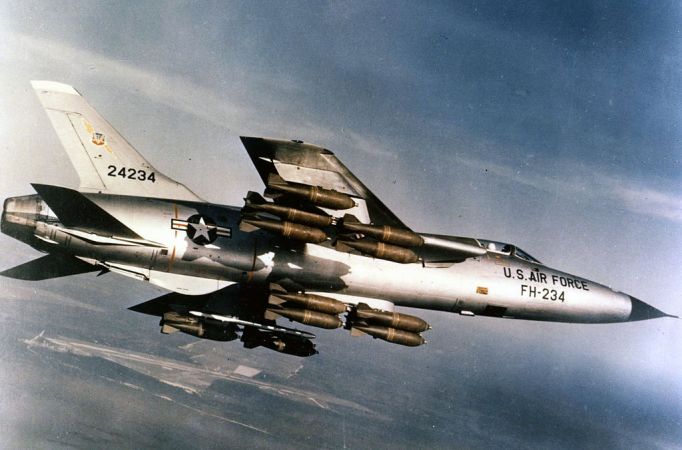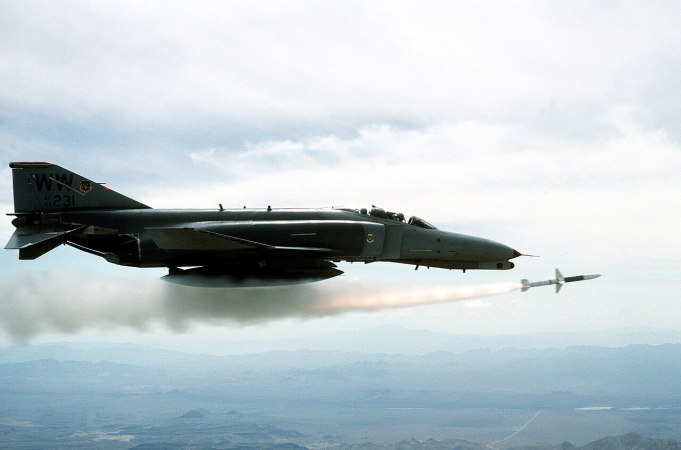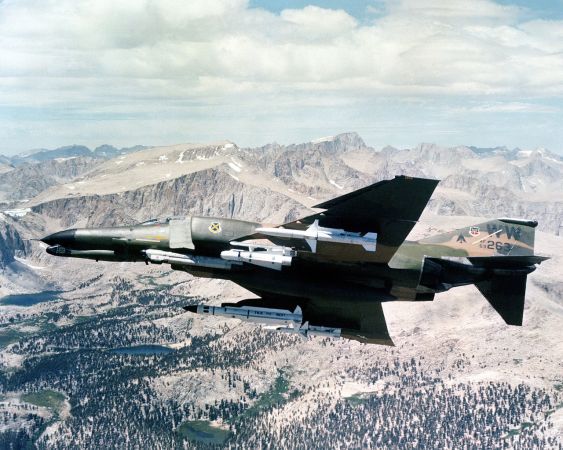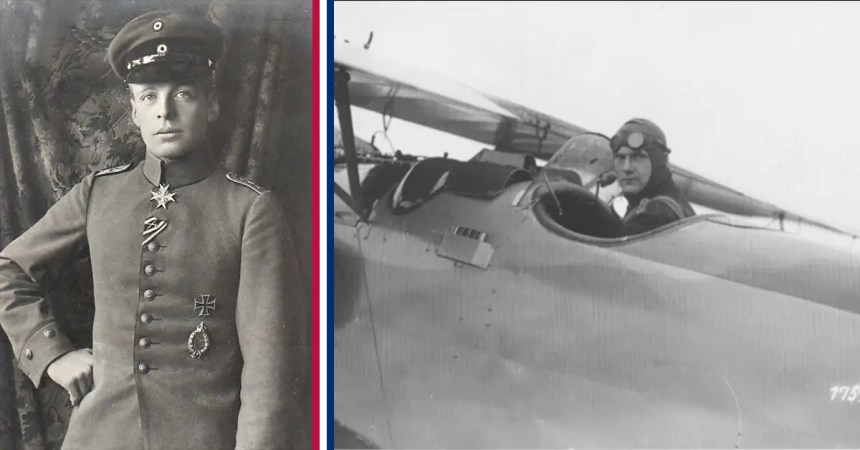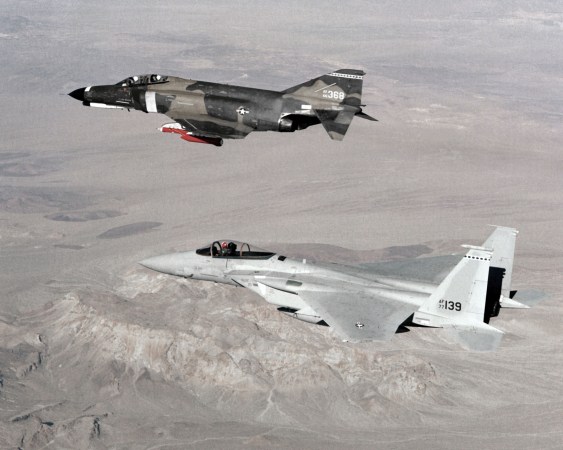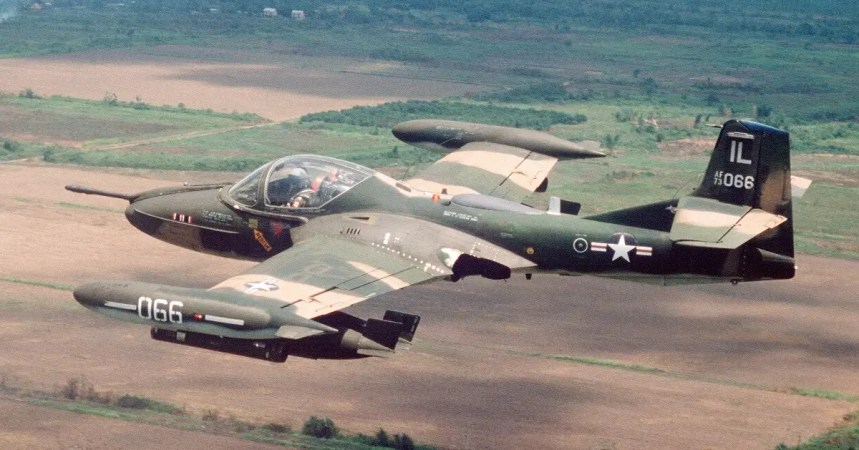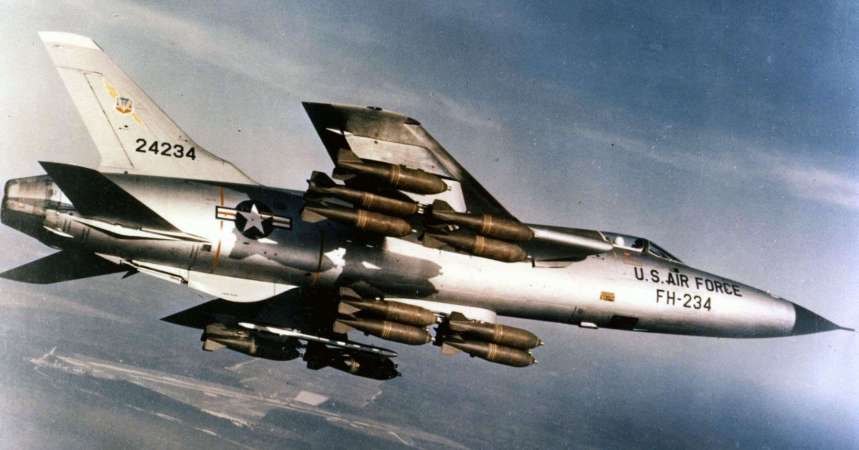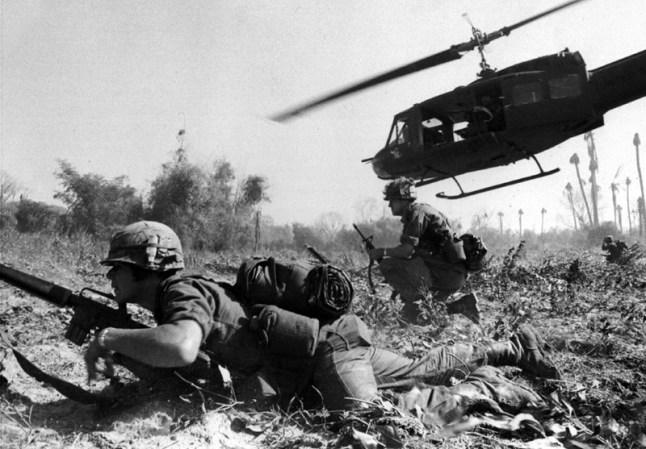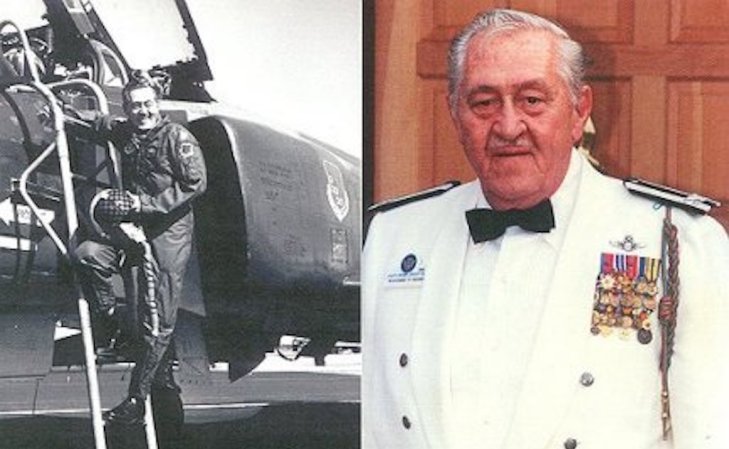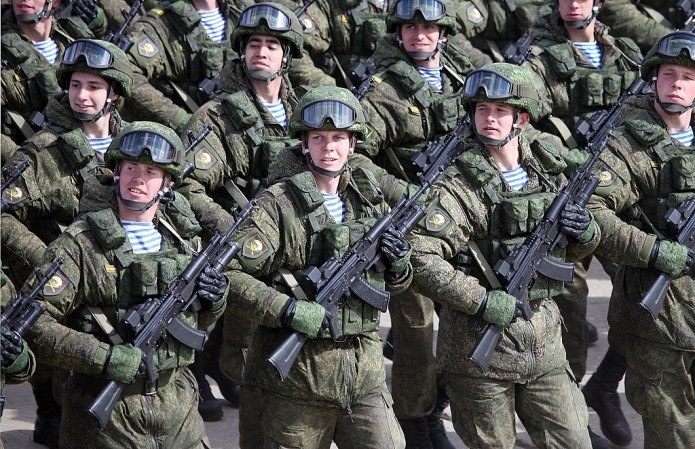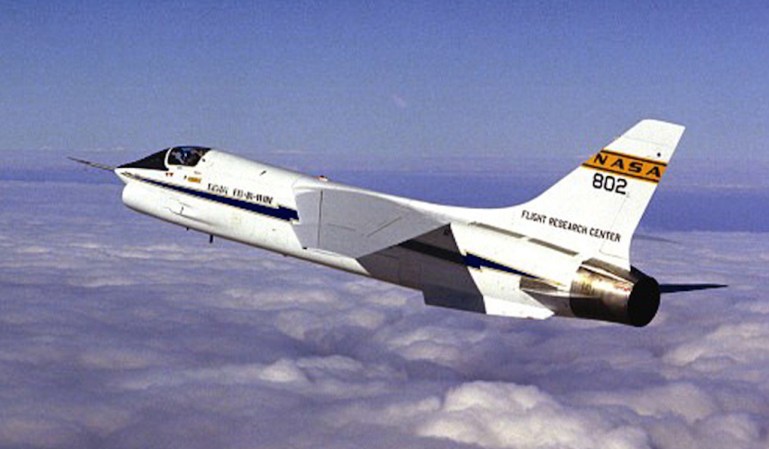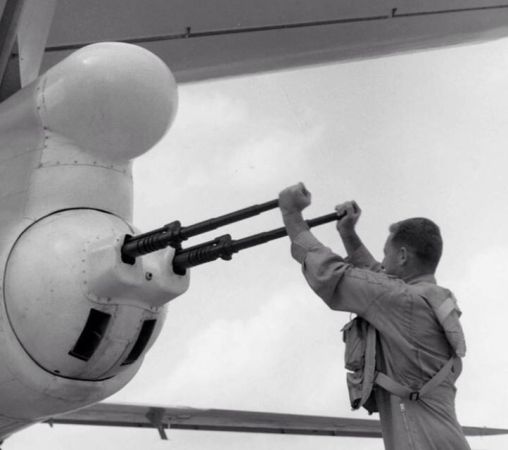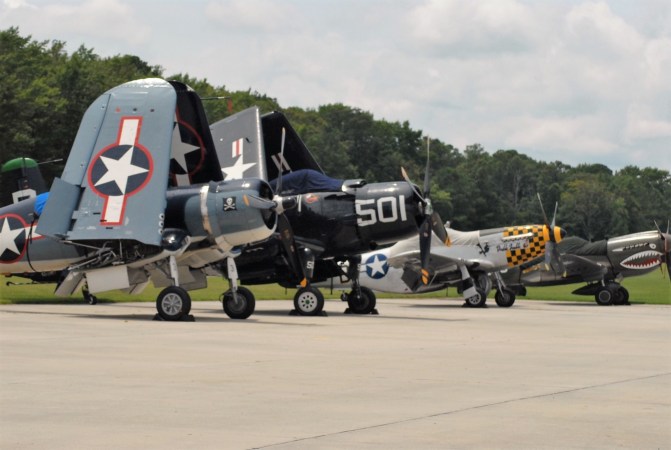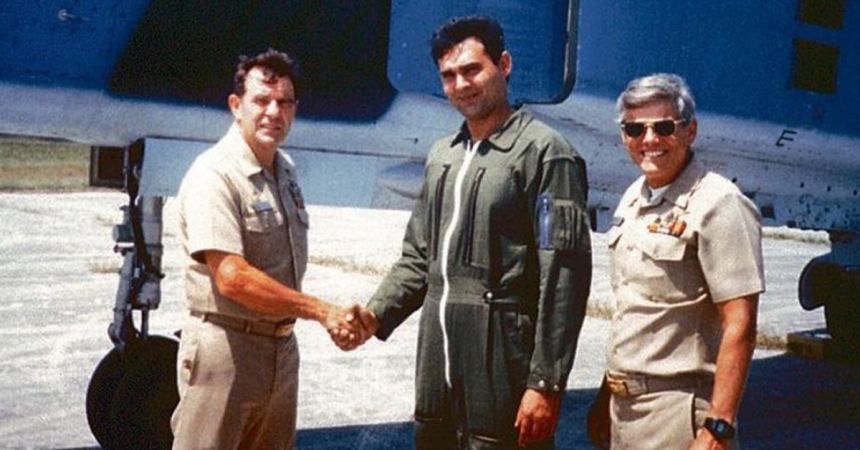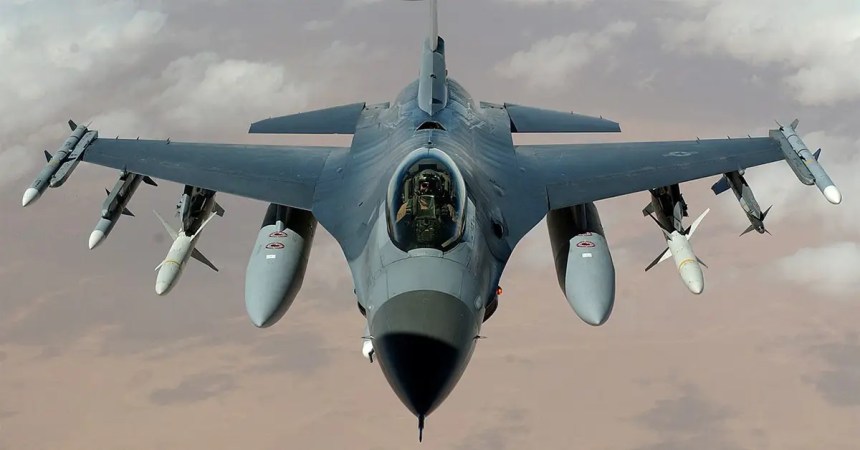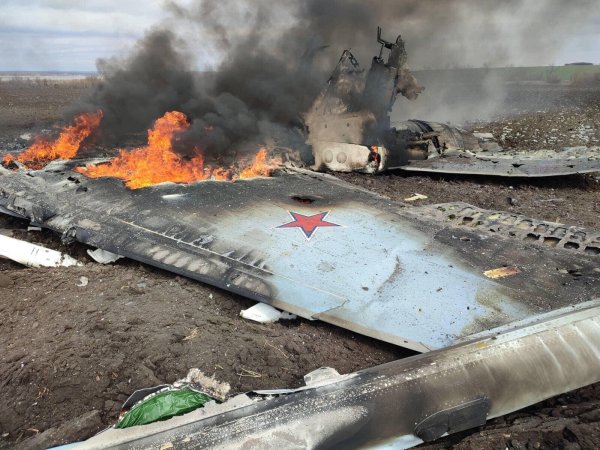During the Vietnam War, America carefully navigated international relations. South Asia countries watched warily as the U.S., Soviet Union and China all exerted influence and committed troops. That diplomatic wrangling often led to challenging rules for warfighters. For one period, that led to American pilots having to wait for SAM sites to fire a missile before they could attack, routinely risking pilots.
The evolution of air combat in Vietnam
At the start of full-scale U.S. involvement in Vietnam, the North Vietnamese Air Force flew outdated Mig-17 aircraft. Early on, U.S. aircraft like the F-4 Phantom II hunted easily. But the Soviet Union and China added their thumbs to the scales.
This took two forms, both tough for the F-4 pilots. Supersonic MiG-21s joined the fight with their own missiles, greatly increasing the fighter threat. Ground assets like early warning radar units, anti-aircraft guns, and missile sites helped the fighters hunt South Vietnamese and American aircraft.
Worse, Communist forces set traps and ambushes with planes that would do a single high-speed pass, then flee over anti-aircraft units to their own airbases or to China where American planes couldn’t pursue.
Obviously, American units suffered. Ideally, they could counter this by hunting the ground units. But rules of engagement put a full roadblock against that.

The rules of engagement problem
American units couldn’t hunt the anti-aircraft units proactively. Rules of engagement said they couldn’t even hit the guns when they found them until the enemy unit fired or at least activated radar against them. And then the Vietnamese got radars that wouldn’t trigger the Phantom II’s radar detector, meaning that the pilots wouldn’t know they were under attack until the missile was in the air. And then, they still only knew if they actually saw the missile.
One unit, the Wild Weasels, created a creative solution: Pilots in stripped-down, agile versions of the planes would intentionally draw fire. Once sites shot at them, other jets or bombers would attack with a vengeance. Meanwhile, the Weasel did whatever it could to dodge the incoming missile.
But for everyone who wasn’t a weasel, it meant Vietnam could get at least one shot off at them before they could even engage.
Air Force Gen. John Lavelle worked with his Thai counterparts to come up with another solution in 1972: Get the rules changed. Thailand asked Lavelle to have his pilots hunt down the 130-millimeter guns, and Lavelle went to the Pentagon for permission.
He says that approval came, with a caveat. Nixon was working on thawing relations with China in 1972. The Pentagon supported Lavelle coming up with his own “interpretation” of the rules.
“Secretary [of Defense Melvin] Laird told me he agreed, but the climate was just not right in Washington for any changes,” Lavelle said. “He told me I should make a liberal interpretation of the rules of engagement in the field and not come to Washington and ask him, under the political climate, to come out with an interpretation; I should make them in the field, and he would back me up.”
Lavelle came up with, “Yup, you can attack the guns under certain conditions,” and his men destroyed 11 guns. They got a special thank you from the Thai prime minister on the same day Lavelle’s boss fired him.
Eventually, the Air Force got better rules of engagement. By the later air operations over Vietnam, LINEBACKER and LINEBACKER II, Air Force bombers flew over North Vietnam with impunity.
But a lot of pilots died before they got there.


